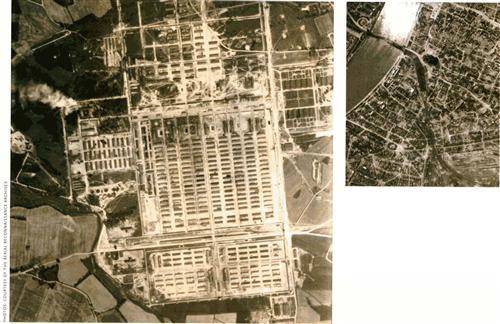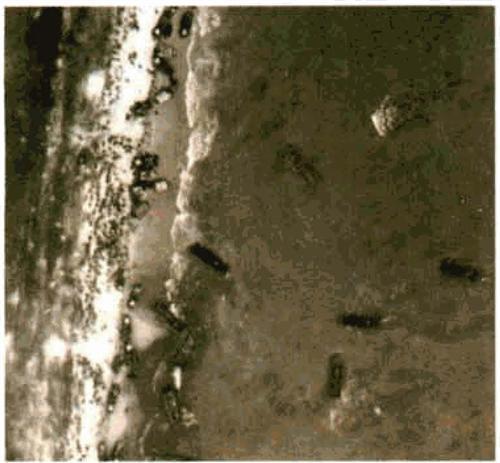Sign up for the Family Tree Newsletter Plus, you’ll receive our 10 Essential Genealogy Research Forms PDF as a special thank you!
Get Your Free Genealogy Forms
"*" indicates required fields
Soon after its January launch, an online database of more than 5 million WWII aerial reconnaissance images of Western Europe was besieged by surfers, preventing many from successfully logging on. “The Saturday before launch we were experiencing more than a halt-million hits over a two-hour period,” says Allan Williams, who oversaw the digitization project at The Aerial Reconnaissance Archive (TARA) <www.evidenceincamera.co.uk>. TARA quickly planned a redesign, still underway at press time.
Allied pilots took the reconnaissance photographs of devastated cities, Nazi concentration camps, strategic geographic locations and battles in progress. TARA, part of Keele University in London, is the repository for the images, which Britain’s national archives <www.nationalarchives.gov.uk> owns.
The photos played a key role in World War II. “The photographic techniques enabled the interpreters to view the enemy’s activities in 3-D, and to prepare highly detailed intelligence reports,” Williams says. To achieve the 3-D effect, an Allied photo interpreter would simultaneously view two side-by-side photographs of the same scene through a stereoscope (a hand-held device resembling a mask with two lenses, which focus the pictures into a single image).
Military intelligence officers studied photos of France’s entire northern shoreline before choosing Normandy’s coast for the June 6, 1944, D-Day landing. Photos of the invasion itself show British 6th Airborne Division gliders near the Caen Canal bridge — which came to be known as Pegasus Bridge after the paratroopers’ insignia — and American forces approaching Omaha Beach. TARA’s collection also includes a 1941 photo of the German battleship Bismarck anchored in a Norwegian fjord. On May 27, seven days after the photo was taken, British navy torpedoes sank the ship.
More recently, TARA has supplied images to bomb-disposal agencies, which examine them to find and safely detonate “duds” dropped during the war. Steven Spielberg also used the photos to research his WWII TV movie Band of Brothers.

Despite the devastation repeated bombing raids wrought upon Cologne, Germany, the cathedral towers still stand in this June 18, 1945, photo (right). Smoke pours from a mass grave at the Auschwitz concentration camp (left) in August 1944. During the final months of the war, there were too many corpses for the crematories to handle.
This image, photographed on the morning of June 6, 1944 during the D-Day invasion of Normandy, shows the American 1st Division landing at Omaha Beach.
ADVERTISEMENT





